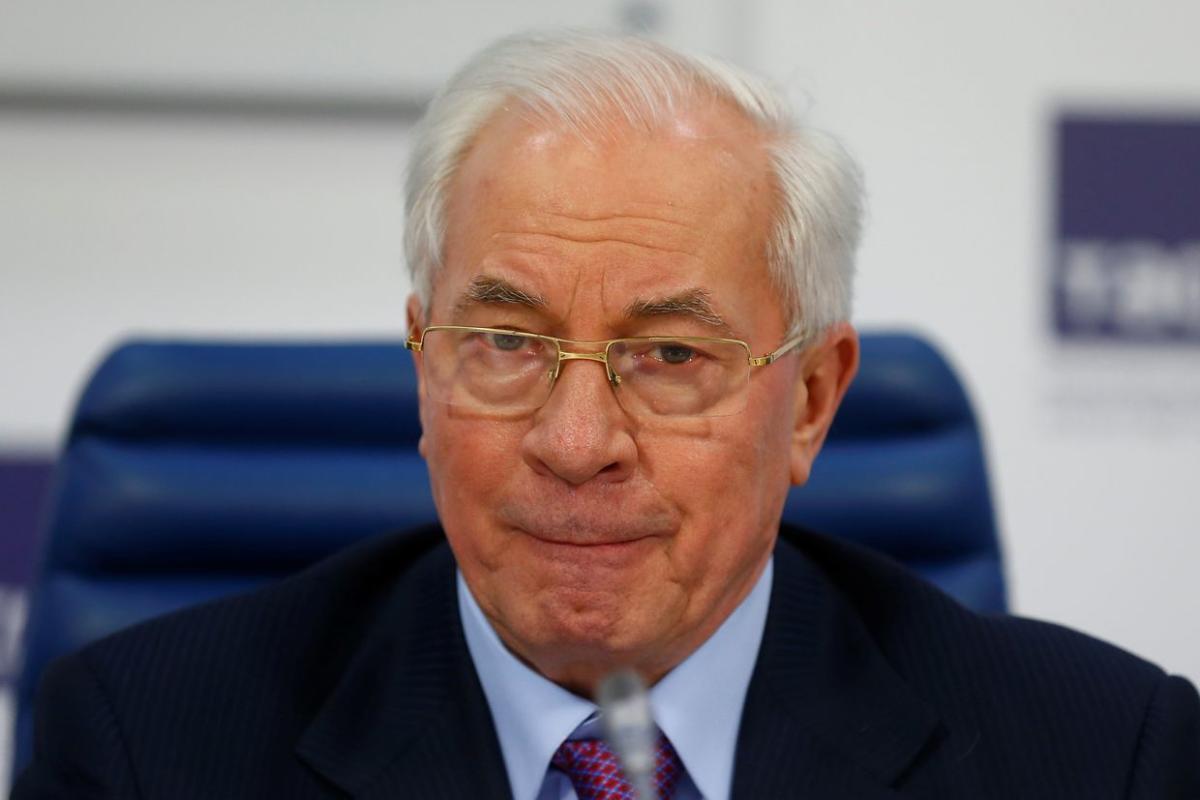Feb. 17—The city of Santa Fe and Santa Fe County in two weeks will inch close to the benchmark $15 hourly minimum wage that was sought by advocates — a dozen years ago.
The city and county will increase the minimum wage to $14.60 per hour on March 1 from the current $14.03.
In a recent news release, the city said all employers are required to pay workers at least the minimum wage, though the tipped minimum wage remains $3 per hour in the city. Employers are required to make up the difference if a tipped employee’s tips don’t add up to $14.60..
The county’s tipped minimum wage will increase to $4.36.
The city and county of Santa Fe and Las Cruces are the only jurisdictions in New Mexico that have a higher minimum wage than the $12 state minimum wage.
Adjusted for inflation, $14.60 an hour is higher than the city minimum wages set in place each year since 2012, meaning the new figure in Santa Fe affords more buying power than any minimum wage in the past dozen years.
But that doesn’t mean it’s a livable wage, said Marcela Diaz, executive director of Somos Un Pueblo Unido, a statewide civil and workers’ rights organization.
“Here in Santa Fe, many of our workers are making $14.03,” Diaz said. “They are working two jobs, having a hard time making ends meet, not seeing much of their families, not able to access child care.”
The Massachusetts Institute of Technology’s Living Wage Calculator determines the hourly living wage for one adult with no children is $17.41; with one child $34.47; and with two children $43.51. For two adults with no children and only one adult working, a living wage is $28.09. With one child it’s $34.23 and with two children, $39.33.
“It’s not realistic to think to think we are going to have a $39 minimum wage,” Diaz said. “That is why we need to make sure low-wage and overemployed workers have access to pathways to advancement. These workers are shut out of traditional workforce-development programs and pathways of advancement.”
Somos Un Pueblo Unido in recent years has talked about a minimum wage of $25 per hour, but Diaz these days backs away from that. Instead, she seeks a multipronged approach to increase wages by increasing worker skills — and a higher minimum wage.
“We would love to increase our skill set, but we can’t because we work two jobs,” Diaz said. “We need to be able to work fewer hours. The city needs to look at other steps to get quality jobs [for low-wage workers]. What do you need to have a sustainable lifestyle? We want benefits, health care. We want paid time off. What is viable, what is possible and what other forms of support do our workers need, that’s what we’re working on.”
In the meantime, some younger workers say finding a way out of the minimum wage treadmill needs to start early.
Gisella Davis, 18 and a senior at Santa Fe High School, and Eva Romero, 17 and also a senior at Santa Fe High, are calling patients to build medical charts for Northern New Mexico Gastroenterology Associates instead of the usual fast-food or retail jobs.
They may even be offered real jobs after they finished their internships through the Level Up work-based learning program offered by Santa Fe Public Schools. Several dozen students have gotten a step ahead in the workforce through Level Up since 2022.
Romero is interested in becoming an ultrasound technician; Davis is aiming toward a career as a pediatric nurse.
“We learn more skills that most teens don’t get working elsewhere,” Davis said of the internship. “We learn to talk to patients. Being able to talk to them when they are frustrated and not getting frustrated myself is hard. I just have to stay calm and realize they are human beings, too.”
The internship shows students there are opportunities beyond a minimum-wage existence.
“It gives us something to work toward,” Romero said.
For some employers, minimum wage also is just the beginning.
Katie Hyde, owner of Indigo Baby at DeVargas Center, starts employees at $15 per hour, gives them a raise to $16 after 30 days, and her two employees are paid $22 per hour.
“I just give raises,” Hyde said. “They just got a $2 raise after the holidays.”
She believes Santa Fe’s minimum wage needs to be higher and resists the notion small businesses can’t afford to pay higher wages.
“I don’t know why other people can’t do it,” Hyde said. “If you set that as your goal and you try, it’s worth trying. If you pay them well, they show up and do their job well.”
Santa Fe was the first city in the country in 2004 to set a higher minimum wage than the state’s standards, followed soon thereafter by San Francisco. Santa Fe and San Francisco then alternated with the nation’s highest minimum wage until 2012.
In a few years, the minimum wage world drastically changed, buoyed by the Fight for $15 movement in New York City in November 2012 when 200 fast-food workers walked off the job.
Other cities started exploring higher minimum wages in 2012, mostly in California, and set a minimum wage higher than Santa Fe’s. The floodgate opened in 2015, with dozens of cities and states opting for higher minimum wages.
Santa Fe has been left behind since 2012, as increases have been based on the Consumer Price Index since 2009. Seven states and Washington, D.C., now have higher minimum wages than Santa Fe: California, Connecticut, Maryland, Massachusetts, New Jersey, New York and Washington.
“This increase accurately reflects the increase in Consumer Price Index, but we all know it is far from being an actual living wage,” Mayor Alan Webber said in a news release. “If we want people who work in Santa Fe to be able to live in Santa Fe, we’re going to have to undertake a fair and thoughtful revision of the living wage to make it a real living wage.”
Webber said he wants to launch a data-driven community conversation with “everybody who has a stake with the living wage,” including businesses and organizations that represent workers. The objective is to update the city’s 21-year-old living wage ordinance that since 2009 is locked into increasing the minimum wage each year based on the Consumer Price Index, which does not keep up with what many other cities and states have done to achieve minimum wages between $15 and $19 per hour.
“My expectation is to get some data about the living wage and do some research about other communities and what they have done since the era when we adopted the living wage ordinance,” Webber said in an interview.
He did not commit to a timeline to complete an ordinance update.
“We passed a 3% excise tax on homes sold over $1 million; that’s step 1,” Webber said. “Step 2 is updating the living wage to make it possible for people that work in Santa Fe to live in Santa Fe. We want people to be able to live here. The underlying issue for all of us is doing what we can to address people working paycheck-to-paycheck. We want to provide opportunities for people to improve their well-being.”
The state of New Mexico aggressively increased the state minimum wage from $7.50 to $12 per hour from 2019 to 2022, but the rate has remained the same since then. New Mexico has the 18th highest minimum wage among states. Advocates intend to lobby for new state increases next year.
Santa Fe and Santa Fe County are now two of 58 localities that have higher minimum wages than their states. California has 39 of those localities, but New Mexico is one of only five states with at least three jurisdictions with higher minimum wages: California, Colorado, New York and Washington are the others.
Signup bonus from




